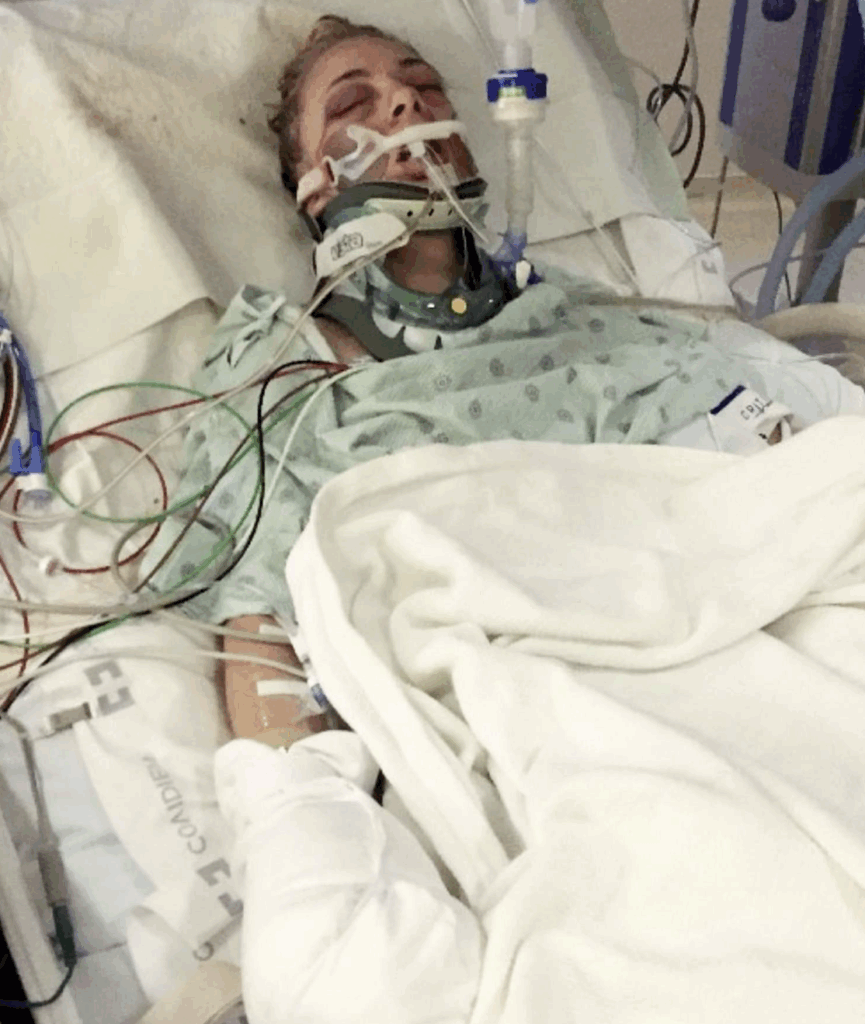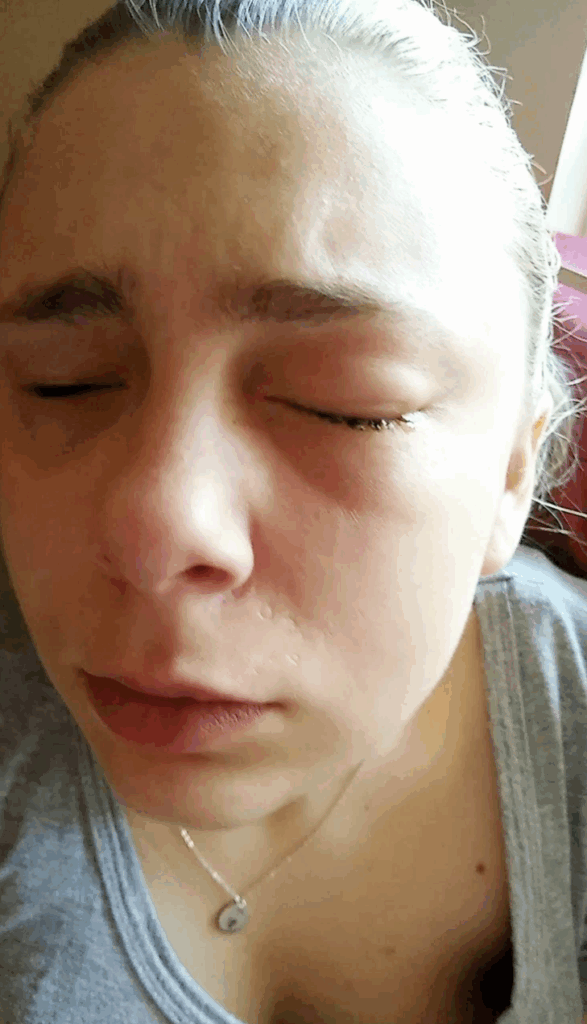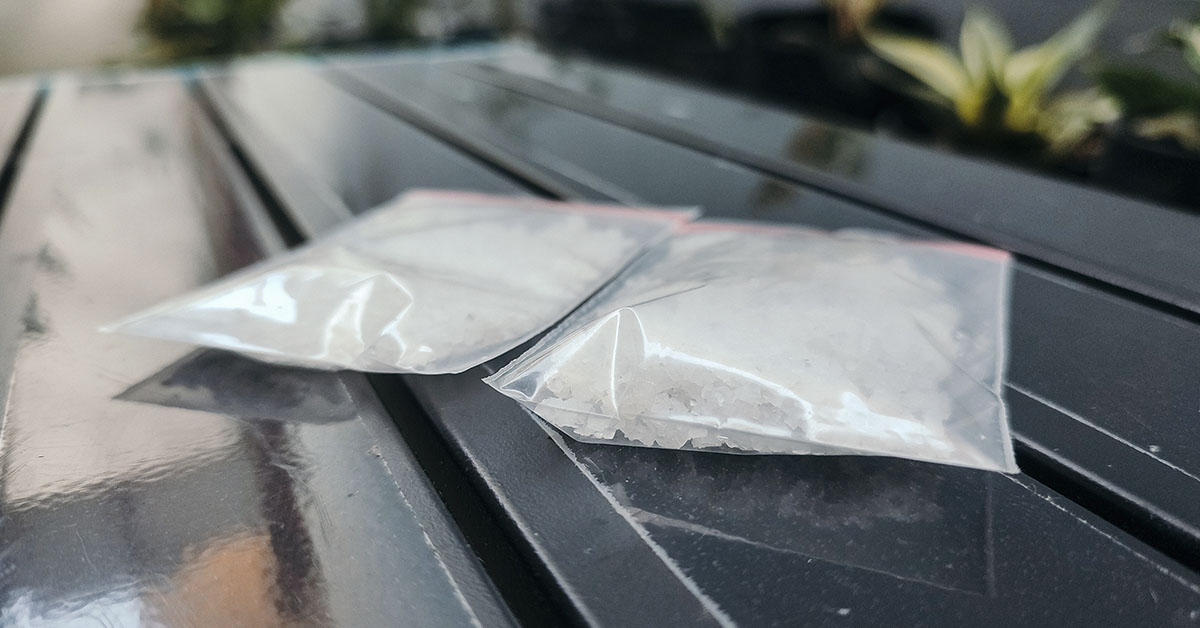Kaylee Muthart is most commonly known as the girl who gouged out her own eyes while high on meth. To her friends, family, and followers, she is known for her unwavering compassion and resilience. She has recently found herself in the spotlight yet again, but this time it is for her unexpected problem at her workplace, which resulted in the termination of her employment. Many are calling out that her reason for being let go is cruel and unfair.
From Meth Addiction to Standing Up for Compassion

Since the devastating day when Kaylee lost her eyes, she has been rebuilding herself and her life. She went to rehab to help her with her methamphetamine addiction, as well as adjusted to life as a blind person. Kaylee received ocular implants to appear more “normal” to the outside world. She learned to read brail and mastered several other technologies so that she could get a job and gain back some independence. Until recently, she had been working at The Rose Villa restaurant as a dishwasher. She was a hardworking and reliable employee, despite her disability.
One day, Kaylee noticed a small mother cat with eight little kittens outside the restaurant, clearly in need of food. She took it upon herself to provide food for the cats. The food was her staff meal – just rather than eating it herself, she gave it to the feline family. The property manager ordered her to stop feeding the cats, but she just couldn’t bring herself to do it.
“I could not in good conscience leave every night, knowing that there was a kitty right there waiting to be fed so I gave it my meal that I would get for my shift – and ordered it especially for the kitty.” Kaylee explained.
Choosing Compassion Over Job Security
Despite the risk of losing her job, Kaylee remained steadfast that she could not simply turn her back on the animals in need. First, she asked if she could simply wean the cats off the food, but still the property manager said no. She made the conscious decision to continue providing for the cats, knowing that it would likely land her in trouble. Kaylee says that the restaurant proceeded to fire her over the whole situation. She is disappointed, but says that she knows that she did the right thing.
“I am feeling positive after the loss of my last job,” she stated. “Being fired never feels good, but I could walk away, knowing that I did what I believed in my heart was right.”
She went on to say that she was not overly reliant on the job, financially. She has a boyfriend who supports her, along with disability pay, which meet all of the necessities – rent, power, food, and water. She is behind on a few payments for other things that her dishwashing job was paying for, but she remains optimistic. She is currently working with a recruiter that works specifically with programs for the blind and visually impaired to find a new job. Mostly, she says, having a job provides her with a certain amount of independence and the ability to be self-efficient, which she enjoys.
From Marijuana to Meth: The Dangerous Descent into Drug Addiction

Prior to drug use, Kaylee was a straight-A student and part of the National Honor Society. By all accounts, she had a bright future ahead of her. Unfortunately, she decided to start smoking marijuana alongside her peers. She says she avoided hard drugs because addiction runs in her family, but she was seemingly fine with weed. That all ended, however, when she was 19, on the day that her friend handed her a joint that was laced with meth.
A fairly committed christian, Kaylee says that the high she experienced that first time on meth made her feel closer to God. That false sense of a euphoric, divine connection led her down a destructive path. In just one year, she went from smoking meth to injecting it. She was a full-blown meth addict.
Read More: 8 Dangerous and Deadly Drug Combinations
The Tragic Episode that Changed Everything

Finally, her addiction reached its pinnacle in 2018. She was walking along the train tracks, she recalls, on her way to church. She was also high on meth. A friend who she had been staying with drove by, letting Kaylee know that she had locked the house. Being locked out of the house spiralled her into a psychotic state. For some reason, she took it as a sign that someone needed to sacrifice something important in order to make everything right in the world, and the person had to be her.
“I got on my hands and knees, pounding the ground and praying, ‘Why me? Why do I have to do this?’” She recalled.
From there, she proceeded to gauge out her eyes with her own hands. The church pastor found her; she was screaming I want to see the light! Emergency services rushed her to the hospital, where they removed anything that was left in her eye sockets to prevent infection. All of this happened just days before she was supposed to go to rehab. She was now, and would forever be, 100% blind.
Methamphetamine Addiction
Meth addiction is a terrifying addiction that can lead to users permanent harm and death. Methamphetamine can introduce a transient psychotic state characterized by hallucinations, persecutory ideation, disorganized speech, and illogical tangential thoughts. These episodes are usually short lived, lasting only a few hours or up to one week after withdrawal from the drug. Heavy, frequent meth use, high blood concentration of meth, as well as a genetic disposition to mental illness, however, can make these episodes much worse and longer-lasting. The abuse of meth has been linked to anxiety, depression, aggressiveness, social isolation, mood disturbances, and psychomotor dysfunction. Withdrawal symptoms can be just as bad, including anhedonia, irritability, fatigue, impaired social functioning, intense drug cravings, and a profound impact on mental health and cognitive function of the user.
Meth Psychosis
Psychosis and psychotic symptoms are common among individuals who use methamphetamine, affecting up to about 40% of users. The symptoms of psychosis can range from agitation and violence to complete delusion. A psychotic episode may require management in an inpatient psychiatric or crisis intervention setting. Psychosis usually goes away after a few hours. However, it can recur and become persistent. This makes it difficult to tell it apart from other psychotic disorders such as schizophrenia. Treatment for acute meth psychosis may involve antipsychotic medications and benzodiazepines, though the symptoms can resolve without medication with abstinence from the drug. Notably, psychosocial treatment for methamphetamine dependence is crucial in reducing rates of psychosis among users, with prevention of methamphetamine relapse being vital in preventing the recurrence of psychotic symptoms. Long-term management may involve a combination of behavioral treatment to prevent substance use and pharmacological treatment targeting psychotic symptoms, as well as addressing co-occurring psychiatric disorders such as anxiety and depression.
Healing and Acceptance Amidst Darkness

Since the episode, Kaylee has gone to rehab and successfully overcome her addiction. Though the loss of her sight is irreversible, she has chosen to stay positive. It has been a long journey of recovery, healing, and self-acceptance. Instead of staying down, she has chosen to embrace her new reality and find happiness in her renewed perspective on life.
“Activities I used to enjoy, like playing guitar and learning piano, are … harder now that I’m blind, but I’m still optimistic,” she said, explaining how she stays positive despite the setbacks from her injury. “When I stub my toe or my knee, I think, ‘Well, it probably saved me from walking into a wall and hitting my face.’ ”
“Of course there are times when I get really upset about my situation, particularly on nights when I can’t fall asleep,” she continued. “But truthfully, I’m happier now than I was before all this happened. I’d rather be blind than dependent on drugs.”
A Testament to Compassion and Integrity
Kaylee Muthart’s story serves both as a cautionary tale against doing drugs of any kind, as well as an inspirational story for overcoming great tragedy. Her ability to stay positive, embrace her life as it is now, and remain a caring, compassionate person is nothing short of awe-inspiring. It is unfortunate that her kind heart is ultimately what caused her to lose her job, however, with her fighting spirit and positive attitude, this is just another setback that she is sure to overcome. There is a lot to be learned from Kaylee’s story – much more than a simple don’t do drugs.
Read More: Prescription Drug Linked to Psychosis Risk

